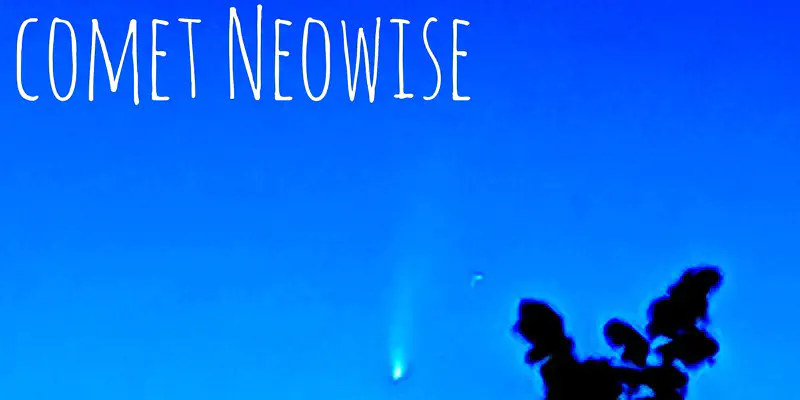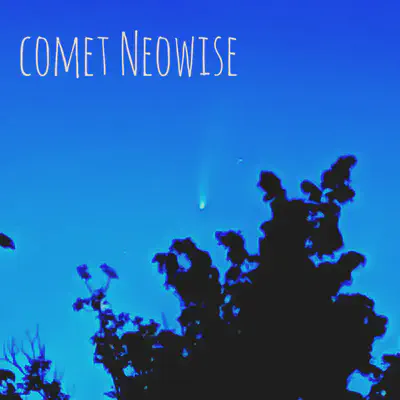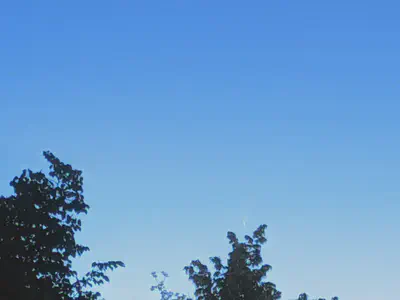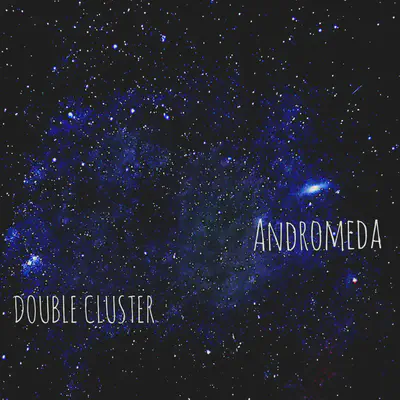Exploring Astrophotography - Capturing the Night Sky with a Smartphone
With rapid advancements in smartphone technology, astrophotography is becoming more accessible. In this post, I share my experience photographing celestial objects visible in the northern hemisphere during the summer of 2020.
 Comet NEOWISE as seen from Nijmegen, Netherlands
Comet NEOWISE as seen from Nijmegen, NetherlandsThe summer of 2020 was a strange mix of emotions. While we were still grappling with the effects of the COVID-19 pandemic, something magical was happening above us. The night sky decided to put on a spectacular show, offering a much-needed distraction and a sense of wonder during those stressful times.
As someone who’s always had a soft spot for astronomy, I felt a spark of curiosity when I discovered the astrophotography mode on my Pixel 3 XL. Could this be my chance to reconnect with the childlike excitement I once felt for the stars? Spoiler alert: It definitely was.
A Comet Surprise: NEOWISE’s Spectacular Appearance
In July 2020, the world of astronomy got an unexpected treat. Comet NEOWISE made its dramatic appearance, lighting up the night sky as it journeyed towards the Sun on its 6,766-year-long orbit. On one clear July night in Nijmegen, I decided it was the night to chase this cosmic visitor. Armed with my phone and sky maps, I waited patiently for my moment.
At around 3:45 AM, the magic happened. After flipping between different sky maps and calibrating my phone’s sensors, I spotted Capella, the star I had been searching for. And then, there it was – Comet NEOWISE, gracefully hanging in the early morning sky, its tail unmistakably visible. My heart raced as I hurried to position my phone just right to capture the comet before the sun rose and the window of opportunity closed.

Looking back, I wish I had ventured out into the open fields for an even better view. But still, catching that fleeting glimpse and snapping the photo from my backyard was an experience I’ll never forget.

Andromeda
If there’s one celestial object that always leaves me in awe, it’s the Andromeda galaxy. Edwin Hubble’s observations in the early 20th century revealed that Andromeda wasn’t just a “nebula” but an entirely separate galaxy – and a huge one at that. It’s mind-boggling to think about how this galaxy is hurtling towards us at 110 km per second, destined to collide with our Milky Way in about 4.5 billion years. The thought of two galactic giants twirling into each other like dance partners is both humbling and mesmerizing.

Using Google’s astrophotography mode, I was able to capture this stunning galaxy by stacking ten one-minute exposures with the help of Sequator. It’s astonishing to think that just a few decades ago, capturing something like this would’ve required massive telescopes and complex equipment. Now, I was holding it in my hand – thanks to Google’s cutting-edge AI. Hats off to the team for creating such a modern marvel.